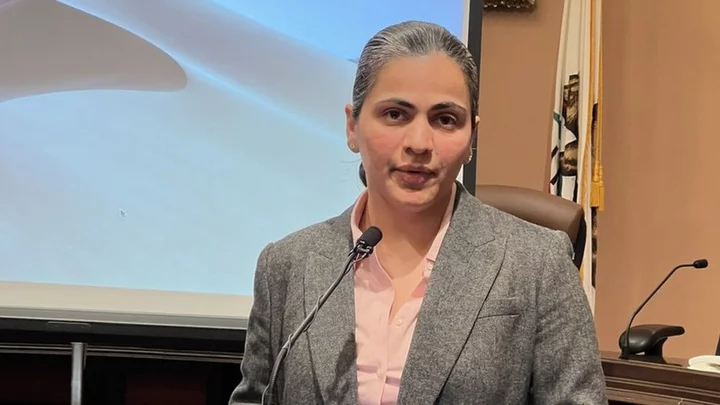We could shoot lasers at the lunar soil to help us live on the Moon, scientists have proposed.
By melting the lunar soil into a more solid, layered substance, we might be able to build paved roads and landing pads on the Moon’s surface, a new study suggests.
Many space agencies including Nasa have plans to establish semi-permanent bases on the Moon, which would both allow us to better study it but also serve as a stop off on the way to Mars and elsewhere in the solar system.
The Moon’s surface is a tough place t land and live, however. The dust of the soil tends to get kicked up by landers – and the low gravity means that it floats around after it is disturbed, potentially finding its way into equipment.
As such, future Moon colonies may require robust roads and landing pads to allow for us to travel both to and around the Moon. But it is unlikely we would be able to transport materials to build them, given the cost of doing so, leading scientists to look at what is available there already.
In the new study, scientists examined whether lunar soil could be turned into something more substantial by using lasers. And they had some success, finding that lunar dust can be melted down into a solid substance.
They used a variety of different sized and types of lasers to see what they would produce. The best used a 45 millimetre diameter laser beam to make hollow triangular shapes that were about 250 millimetres in size.
Those pieces could be locked together to create solid surfaces that could be placed across the Moon’s surface, they suggest, and then used as roads and landing pads.
On the Moon, the same approach would require a lens of around 2.37 metres squared, which would have to be transported from Earth. That could then be used to concentrate sunlight, rather than using a laser, and so allow the material to be created with relatively small equipment.
The plan is reported in a new journal article, ‘Laser melting manufacturing of large elements of lunar regolith simulant for paving on the Moon’, published in Scientific Reports.
Read MoreNasa opens up pieces of a distant asteroid transported back to Earth
Earth hit by a huge solar storm that would devastate civilisation, trees show
Incels using TikTok to spread ‘hateful beliefs’, research suggests









